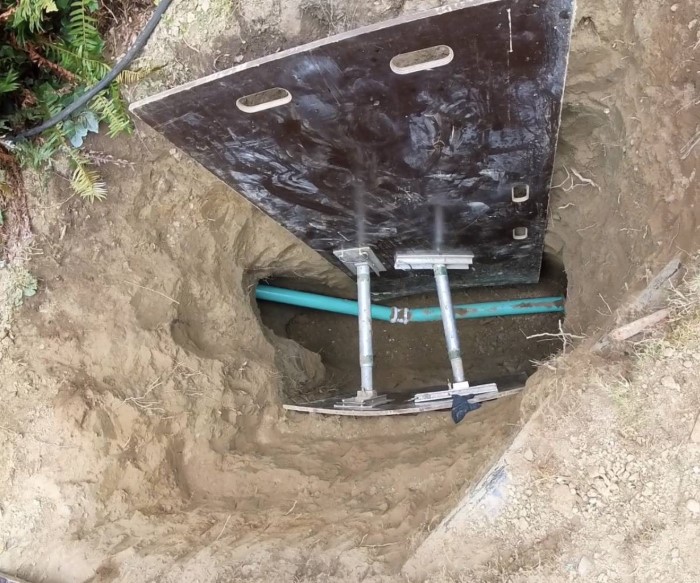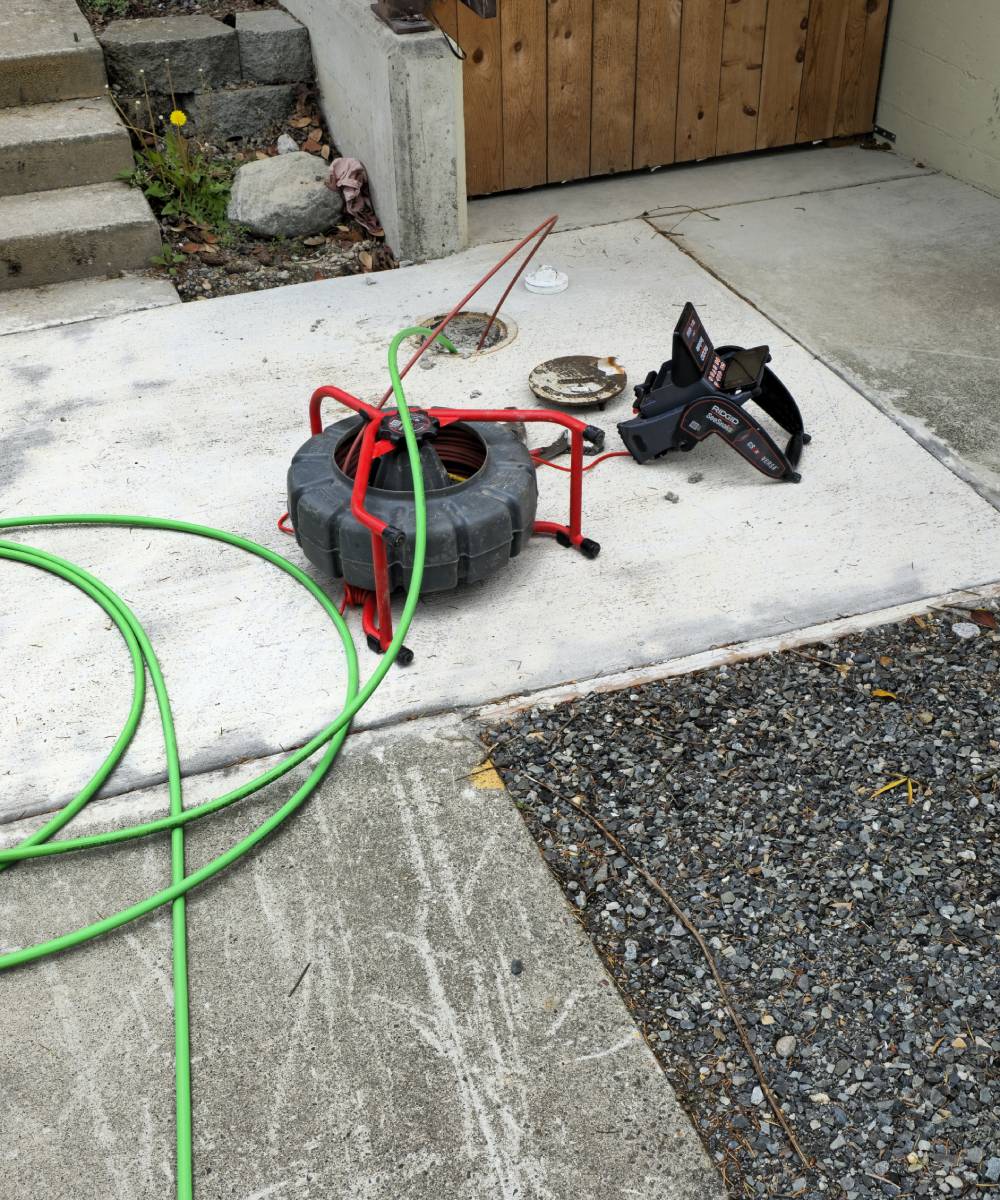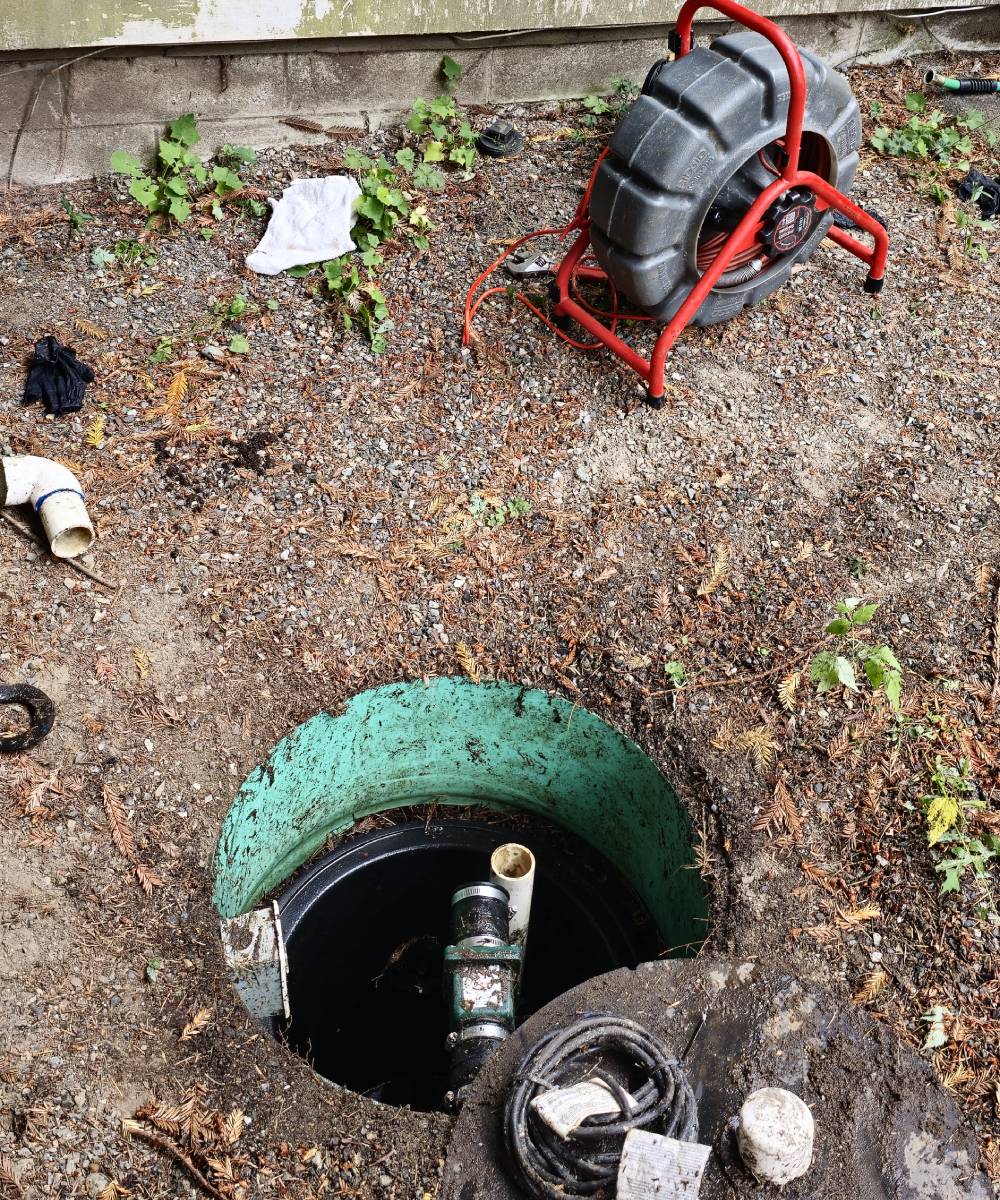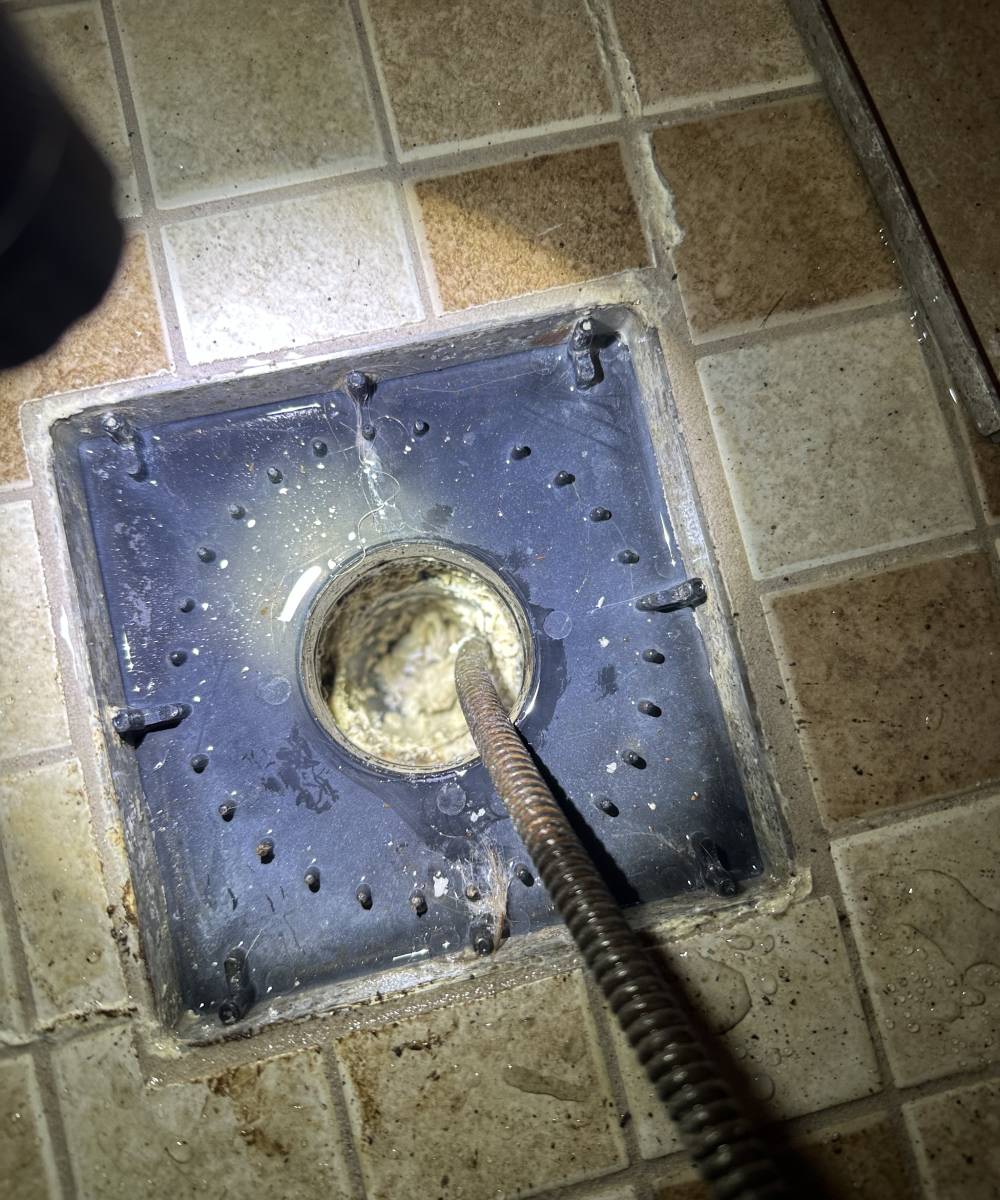Sewer failures in schools can grind daily operations to a halt—think blocked drains disrupting classes or damaged pipes closing off playgrounds. Trenchless sewer replacement offers a revolutionary fix, repairing or replacing underground lines without tearing up campuses. This guide explores how this advanced plumbing technique keeps schools running smoothly, prioritizing minimal disruption, safety, and durability. From understanding common sewer issues to discovering proven methods, you’ll learn why trenchless solutions are ideal for educational environments and how they protect learning spaces. Keep reading to uncover expert insights for maintaining seamless school operations.
Why Schools Face Unique Sewer Challenges
School sewer systems endure intense daily use from hundreds of students, staff, and visitors. Aging pipes, often decades old, face corrosion from cafeteria chemicals, root intrusions from landscaping, or cracks from ground shifts under heavy foot traffic. These issues can cause backups, foul odors, or even health risks like mold in classrooms.
Traditional repair methods, which involve digging up large sections of a campus, exacerbate disruptions by closing off walkways, sports fields, or parking areas. For schools with tight schedules and safety priorities, such interruptions are unacceptable. Early detection through camera inspections can identify problems like slow drains or gurgling sounds, allowing targeted solutions without invasive measures.
What is Trenchless Sewer Replacement?
Trenchless sewer replacement is an innovative plumbing method that repairs or replaces underground sewer lines without extensive excavation. Instead of digging trenches across a school’s property, technicians use small access points to insert specialized tools or materials directly into the existing pipe.
Developed initially for municipal systems, trenchless technology has been refined for smaller-scale applications like schools. It includes repair techniques (strengthening damaged pipes) and full replacement (installing new lines). The result is a durable, seamless pipe that restores function while preserving surface areas like lawns, sidewalks, or courtyards—a perfect fit for schools where disruption must be kept to a minimum.
Benefits of Trenchless Repair for Schools
Trenchless methods are uniquely suited for educational settings, offering advantages that align with school priorities:
- Minimal Disruption: Projects often complete in 1-2 days, keeping classrooms and extracurricular activities on schedule.
- Enhanced Safety: Fewer machines and open pits reduce risks to students and staff, especially in busy urban campuses.
- Preserved Infrastructure: No need to excavate under playgrounds or parking lots, maintaining accessibility and aesthetics.
- Eco-Friendly Approach: Reduced soil disturbance preserves green spaces and supports sustainable campus initiatives.
- Long-Term Reliability: New or reinforced pipes resist corrosion and root intrusion, ensuring decades of performance.
These benefits make trenchless repair a smart choice for schools aiming to maintain safe, functional environments.

Trenchless Methods for School Sewers
Several trenchless techniques address school sewer issues, each suited to specific damage levels. Below is a comparison table for clarity:
| Method | Description | Best For | Disruption Level | Estimated Lifespan |
|---|---|---|---|---|
| Cured-in-Place Pipe (CIPP) | A resin-soaked liner is inserted and cured inside the existing pipe, forming a new pipe. | Cracks, leaks, minor corrosion | Very Low | 50+ years |
| Pipe Bursting | A bursting head breaks the old pipe while pulling a new HDPE pipe through. | Severe damage, full replacement | Low | 50-100 years |
| Pipe Lining (Slip Lining) | A smaller pipe is inserted into the existing pipe and sealed. | Alignment issues, moderate wear | Low | 50 years |
| Directional Drilling | Guided drilling installs new pipes under obstacles like buildings. | Complex layouts, obstacles | Moderate | 50+ years |
Choosing the right method requires a professional assessment, but all prioritize speed and minimal surface impact.
How Trenchless Replacement Works in Schools
The trenchless process is streamlined to fit school schedules and safety needs:
- Inspection: High-resolution cameras assess pipe conditions, confirming trenchless suitability.
- Planning: Work is scheduled during off-hours, weekends, or holidays to avoid disrupting classes.
- Access Creation: Small entry/exit points (2-4 feet) are dug in low-traffic areas, like utility zones.
- Repair/Replacement: Technicians insert liners or burst new pipes, monitored for precision.
- Testing and Restoration: Systems are tested for leaks, and access points are restored seamlessly.
- Follow-Up: Maintenance plans and warranties ensure long-term performance.
This approach minimizes campus impact, often completing work without students or staff noticing.
Real-World Applications in Educational Settings
A rural high school faced sewer backups under its athletic field. Using pipe bursting, technicians replaced the damaged line over a weekend, preserving the field for Monday’s practice. The system has performed flawlessly for years, with no further disruptions.
In another case, an urban middle school with root-clogged pipes under a courtyard chose CIPP during summer break. The repair left the courtyard intact, avoided schedule conflicts, and enhanced the school’s sustainability profile. These examples highlight trenchless technology’s reliability in diverse school settings.
Best Practices for Long-Term Sewer Health
To maintain sewer systems post-repair:
- Conduct annual camera inspections to detect issues early.
- Train staff on proper disposal to prevent clogs from wipes or grease.
- Install root barriers during landscaping to block intrusions.
- Work with certified trenchless specialists for compliance and quality.
Regular maintenance, like hydro-jetting, keeps pipes clear without harsh chemicals, extending system life.
Conclusion
Trenchless sewer replacement is a game-changer for schools, offering fast, safe, and sustainable solutions to sewer challenges without disrupting education. By preserving campus aesthetics and ensuring long-term reliability, it empowers administrators to focus on students, not plumbing crises. For expert plumbing solutions tailored to educational facilities, trust KnightRooter to deliver seamless, high-quality results with minimal impact.
Explore More Resources
For more information on sewer line maintenance and repair, visit our service pages:
- Trenchless Replacement Everett
- Trenchless Replacement Edmonds
- Trenchless Replacement Seattle
- Trenchless Replacement bothell
- Trenchless Replacement Kirkland
- Trenchless Replacement Lynnwood
- Trenchless Replacement Woodinville
- Trenchless Replacement Snohomish
- Trenchless Replacement Bellevue
AFQ
1. Can trenchless methods fix all school sewer issues?
Most issues, like cracks or roots, are ideal for trenchless fixes. Severe collapses may need hybrid solutions, determined by inspection.
2. How long does a trenchless repair take in a school?
Typically 1-3 days, scheduled to avoid class disruptions.
3. Are trenchless repairs safe for busy campuses?
Yes, minimal equipment and small access points reduce risks to students and staff.
4. How durable are trenchless repairs?
New pipes or linings last 50-100 years, resisting corrosion and roots.
5. Can large school districts use trenchless methods?
Absolutely, they’re scalable for complex systems serving multiple buildings.
For professional and fast drain cleaning Bothell, drain cleaning Seattle, and drain cleaning Bellevue, contact KnightRooter. Our team is ready to provide the best solutions for your drain issues.





No comment yet, add your voice below!